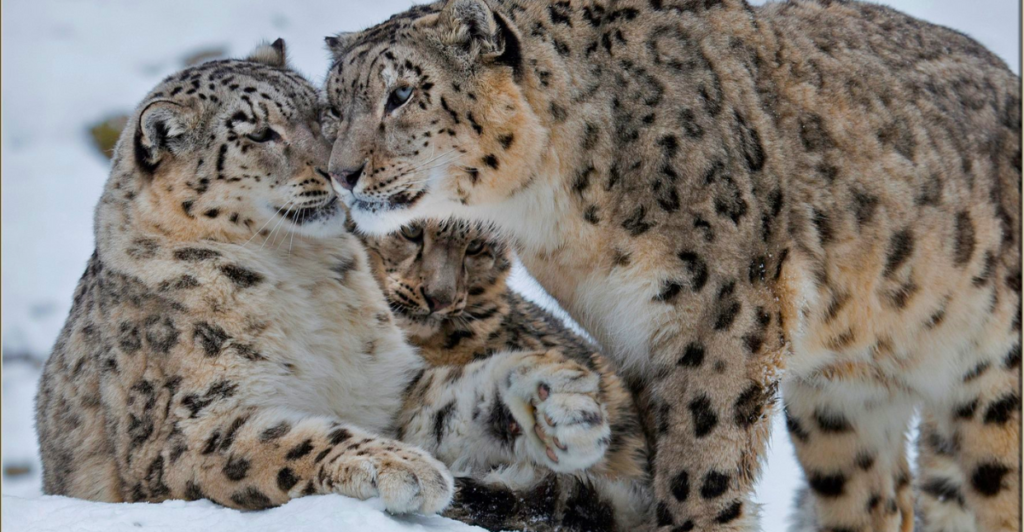
A recent sighting of a snow leopard family in Pakistan’s Karakoram Mountain range contradicts the prevailing climate narrative, highlighting the resilience of local conservation efforts. In response to habitat degradation and species loss, targeted initiatives have been implemented in the country, the results of which we now see in real-time. Pakistan’s Snow Leopard & Ecosystem Protection Program (PSLEP), supported by community-led patrols and international financing, has reduced human conflict and promoted biodiversity, allowing natural ecosystems to flourish. This extraordinary sighting shows the power of human agency over climate determinism, offering hope for wildlife conservation in the age of global warming.
The Mystical Snow Leopard
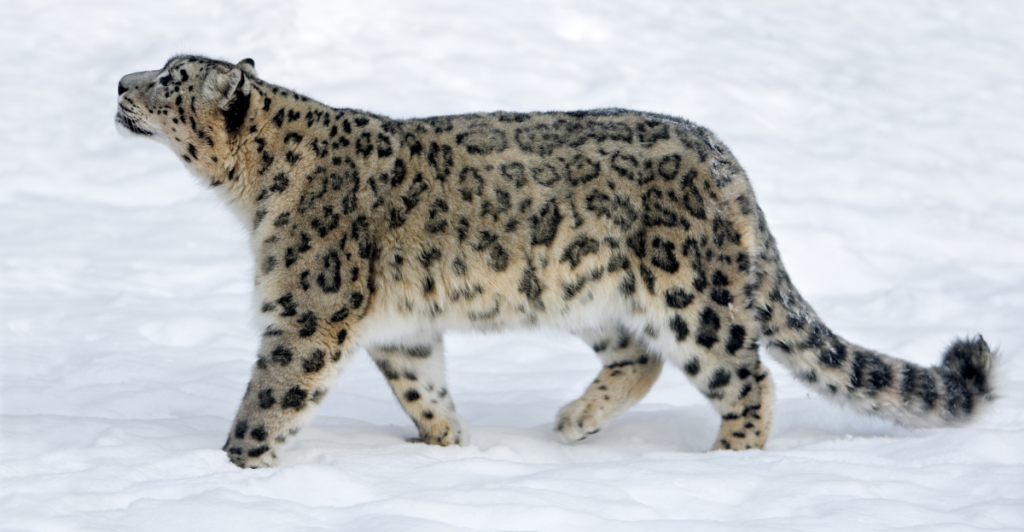
The snow leopard, also known as the “ghost of the mountains,” is one of the most elusive big cats on earth. Primarily found in the rugged terrain of Central Asia, these solitary creatures are rarely seen, so any sighting is an extraordinary experience. Snow Leopards have thick, smoky-gray coats with dark rosettes and spots, providing perfect camouflage against their habitats’ rocky outcrops.
A Rare Glimpse in Pakistan
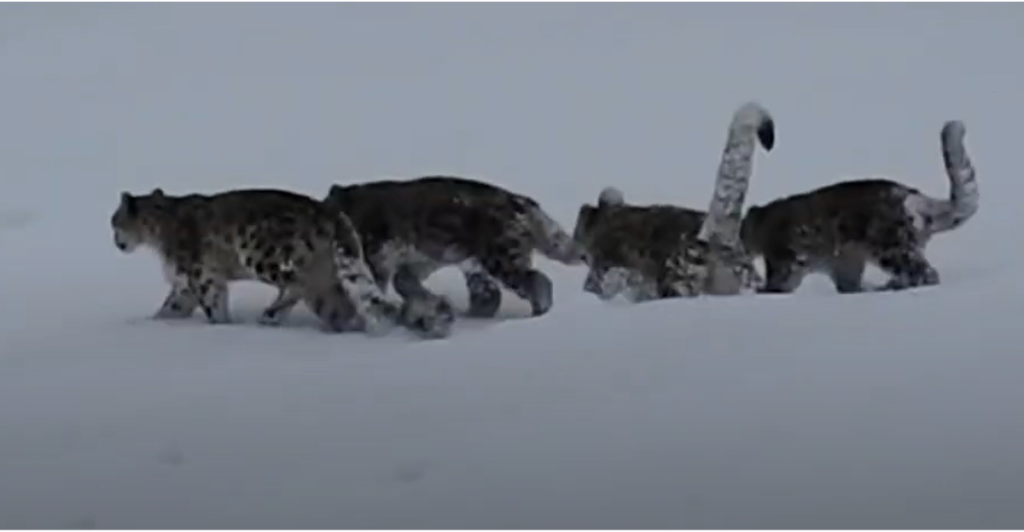
On March 13, 2025, in Hushe, a far-off village in northern Pakistan, an extraordinary thing took place. Sakhawat Ali, the local gamekeeper and part-time photographer, caught a female and her three cubs on camera in Central Karakoram National Park’s snow-covered mountaintops. The sighting was monumental not only because these cats are so elusive but because they are normally lone animals, rarely found living in family units.
The Man Behind the Lens
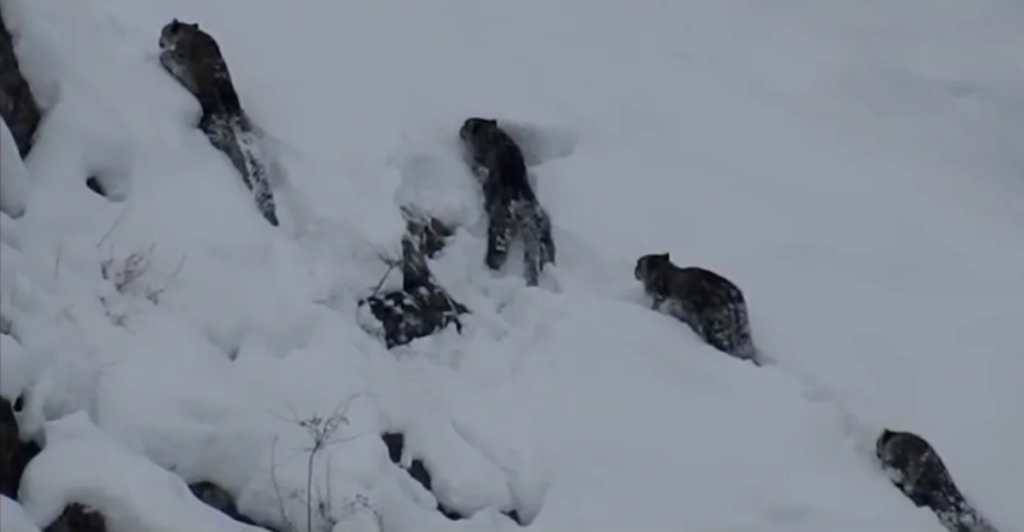
Sakhawat Ali’s passion for wildlife photography is rooted in his long-standing love for the country’s natural beauty. Having spent two weeks following paw marks across snow-covered landscapes, Ali’s efforts finally yielded results when he saw the elusive family from his rooftop, some 656 feet away. Armed with binoculars and his camera, he monitored the leopards’ movement, drawing international attention to this remote location.
Community Reactions
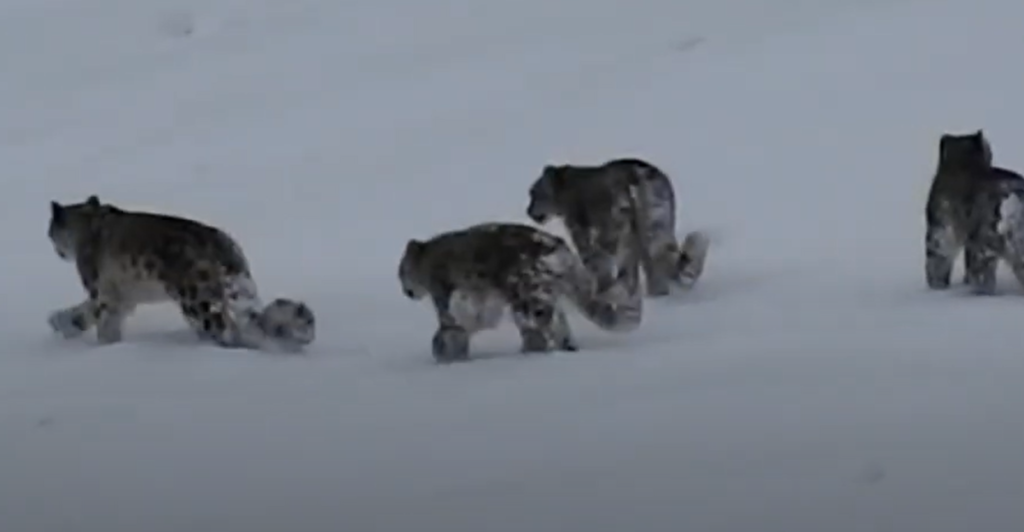
Villagers in Hushe, accustomed to encountering snow leopards, were just as surprised to see four together as the rest of the world. Although there are concerns for the safety of local livestock, the community has embraced this event. The sighting has generated a sense of pride and reinvigorated the village’s commitment to conservation efforts.
Conservation Status
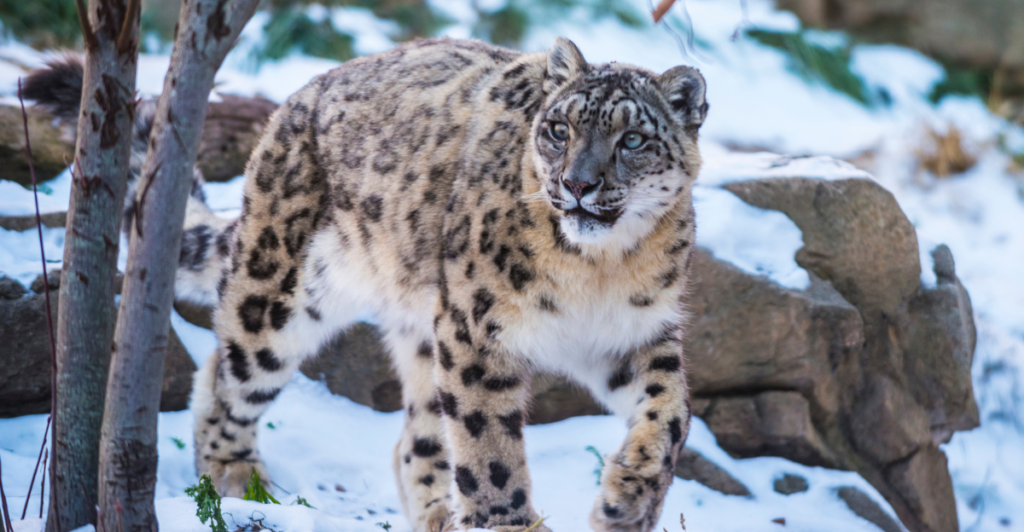
Snow leopards are currently listed as “vulnerable” on the International Union for Conservation of Nature’s Red List of Threatened Species. Estimated to number between 4,000 and 6,500 in the wild, they face threats from poaching, habitat loss, and climate change. Due to their scarcity, it is hard to estimate their population, and sightings like the one in Hushe are essential.
The Role of Central Karakoram National Park

Established to preserve the region’s unique biodiversity, Central Karakoram National Park provides a sanctuary for different species, including the snow leopard. The rugged landscape, composed of some of the world’s highest mountains, is suitable for these big cats. Park conservation efforts aim to reconcile ecological conservation with sustainable community development.
Ripple Benefits for Ecosystems
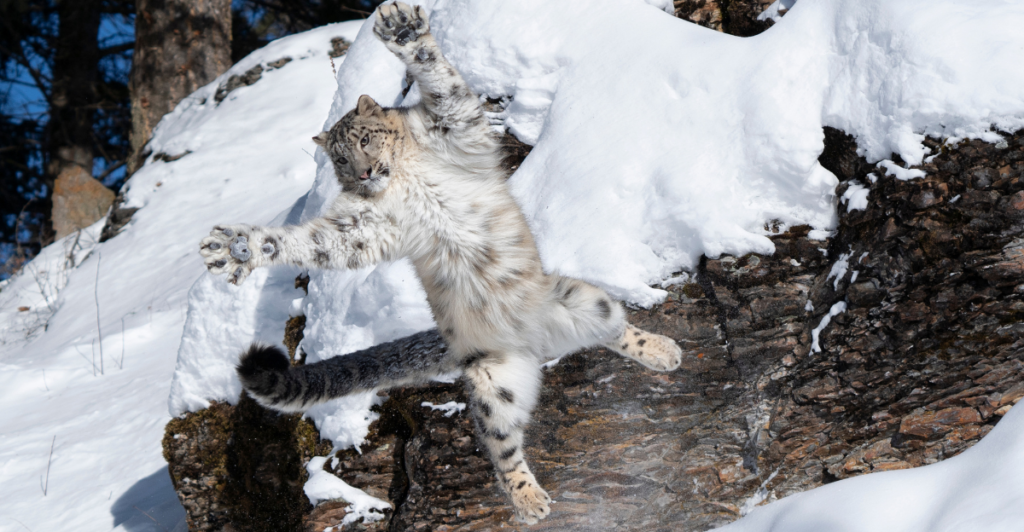
A healthy snow leopard population is an indicator of overall ecological well-being. The leopards regulate herbivore populations by preventing overgrazing and aiding in the preservation of alpine grasslands, which store carbon in the atmosphere. Additionally, eco-tourism driven by snow leopard sightings, such as those in Central Karakoram National Park, offers diverse economic opportunities, enabling local herders to reduce their dependence on livestock that are susceptible to climate-related disruptions.
Human Agency Over Climate Determinism
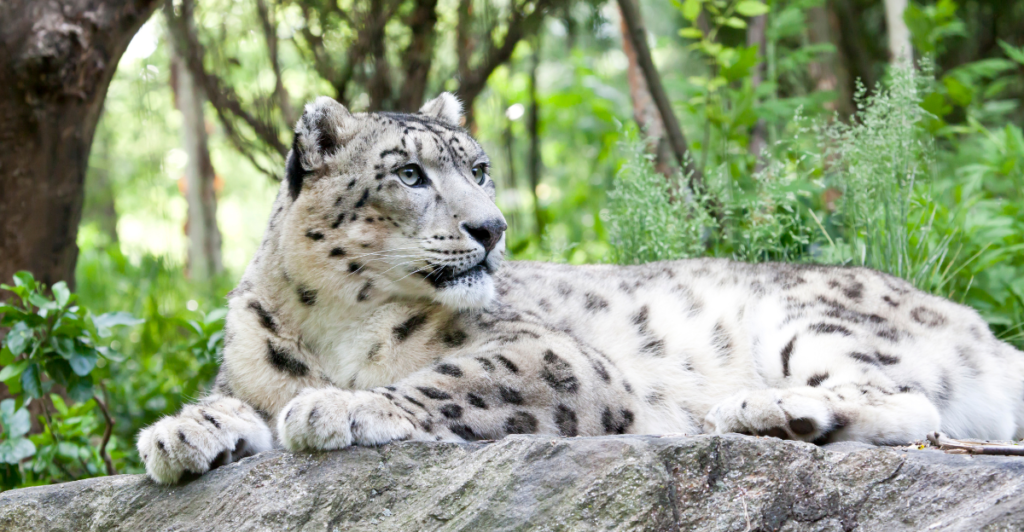
Climate models forecast significant habitat loss for snow leopards, estimating a 70% reduction by 2070, according to the World Wildlife Fund (WWF). However, this recent sighting highlights the impact of strategic human intervention. Pakistan’s Snow Leopard & Ecosystem Protection Program (PSLEP), supported by $4.64 million in funding, has successfully reduced poaching while local communities are in conservation efforts, demonstrating that localized stewardship can establish ecological refuges even amidst rising temperatures.
The Intersection of Tradition and Conservation
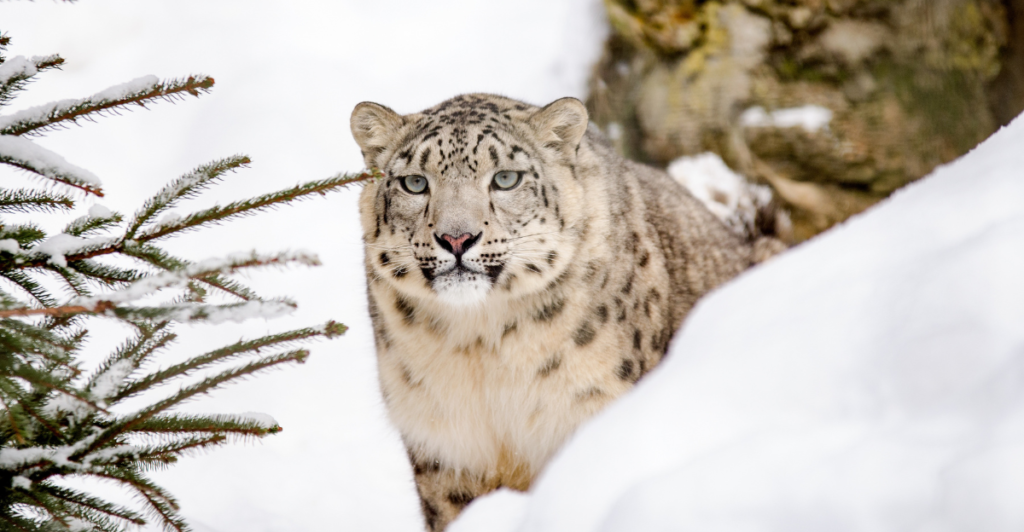
Combining traditional local knowledge with modern conservation practices has proven effective. Elders’ understanding of wildlife migration complements scientific monitoring and protection, creating a holistic conservation approach. For example, Ali’s two-week tracking of paw prints helps to enhance satellite research, proving that top-down climate strategies often fail without grassroots involvement, a lesson for many nations.
A Symbol of Hope
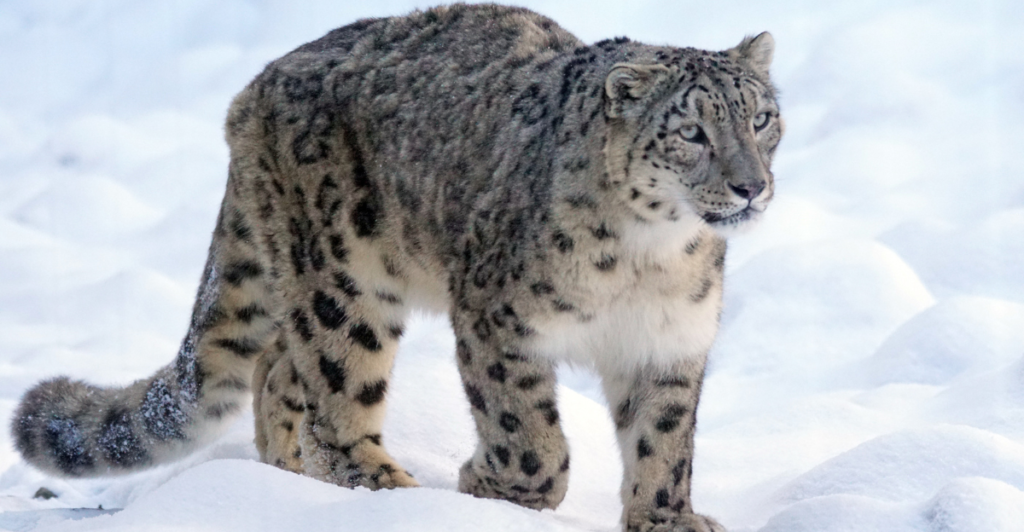
This sighting of a snow leopard family is proof that great strides in conservation can be made with diligence and dedication to protection. It’s a reminder that humans and wildlife can coexist and work together to preserve Earth’s rich biodiversity. With the “ghost of the mountains” emerging from secrecy, conversationalists worldwide embrace the hope that conservation will prevail in the face of developing climate change.
Explore more of our trending stories and hit Follow to keep them coming to your feed!

Don’t miss out on more stories like this! Hit the Follow button at the top of this article to stay updated with the latest news. Share your thoughts in the comments—we’d love to hear from you!







